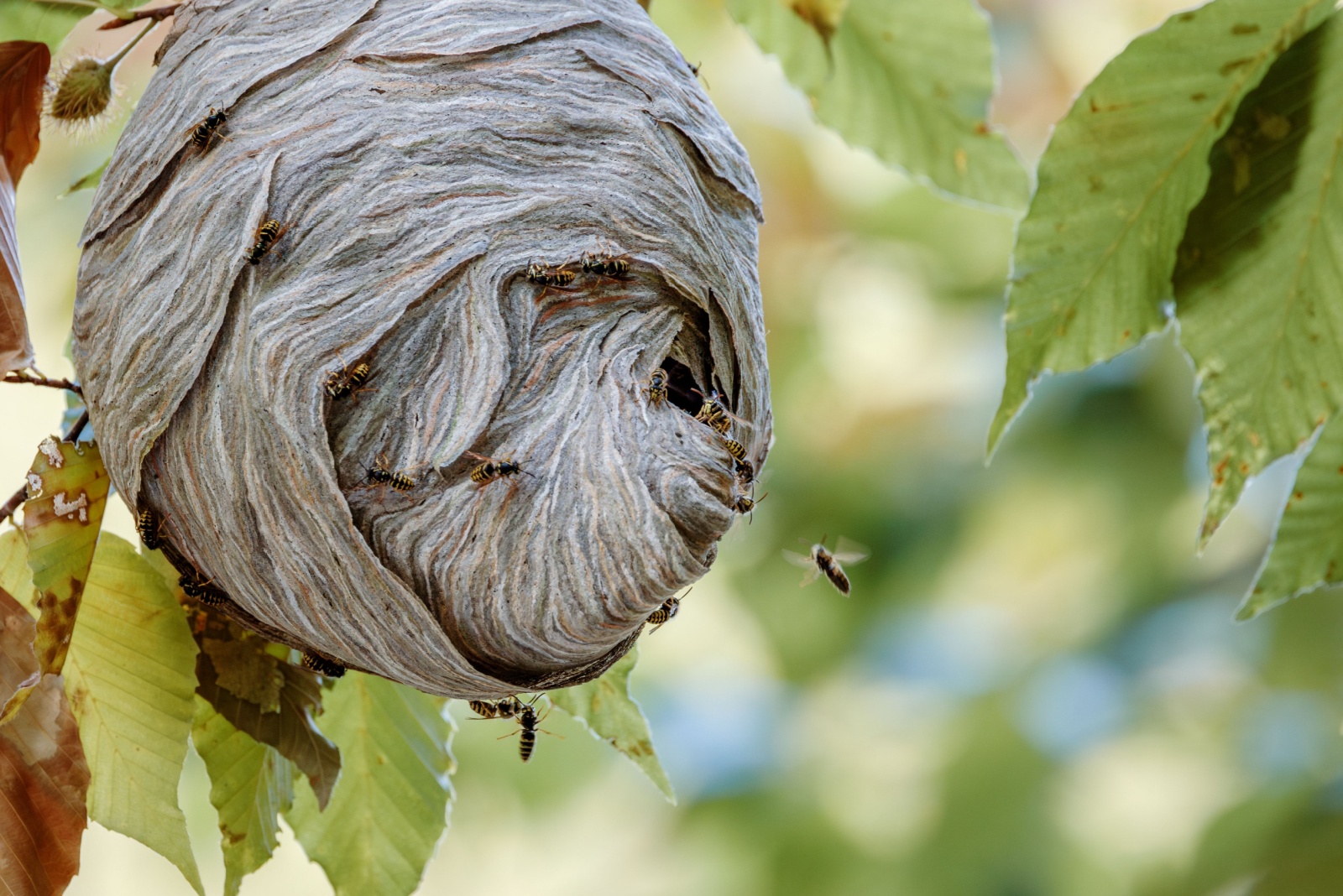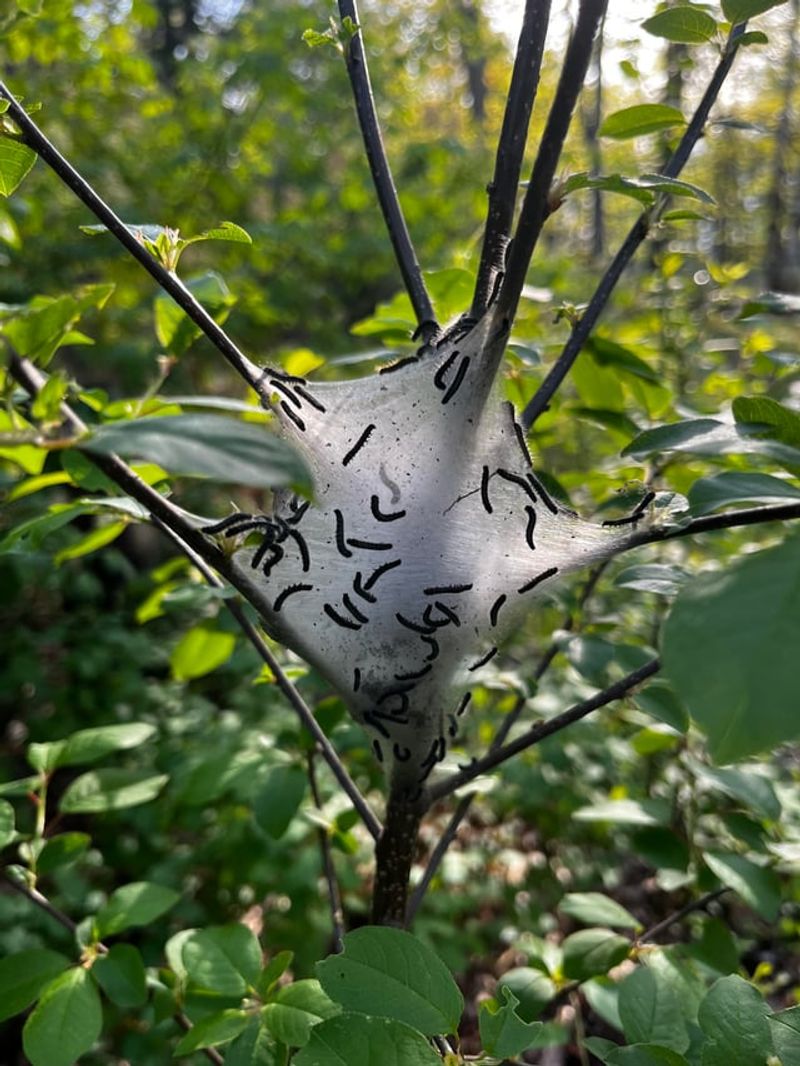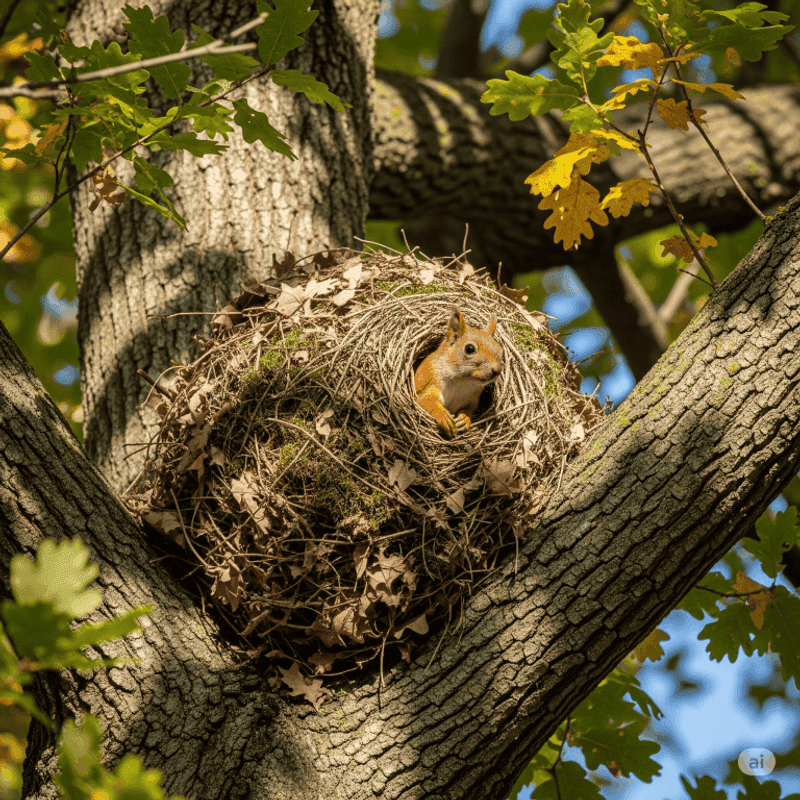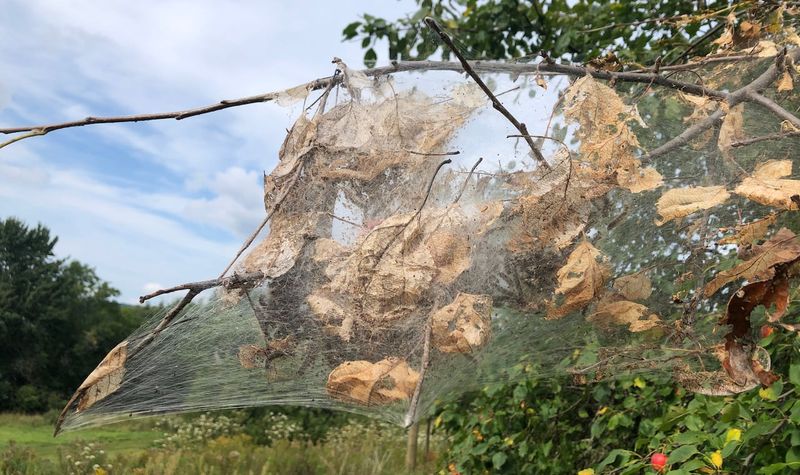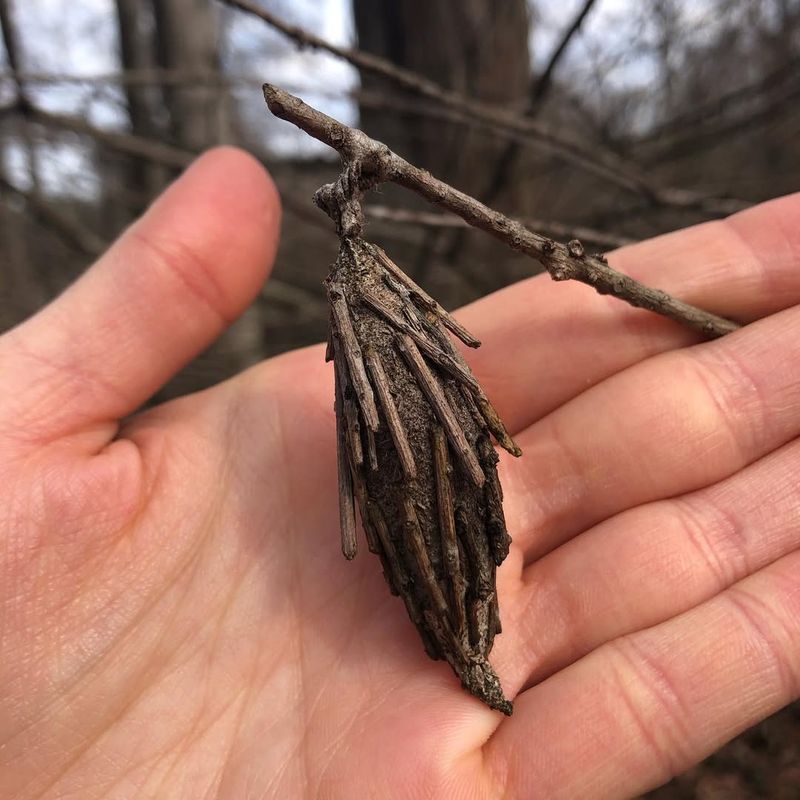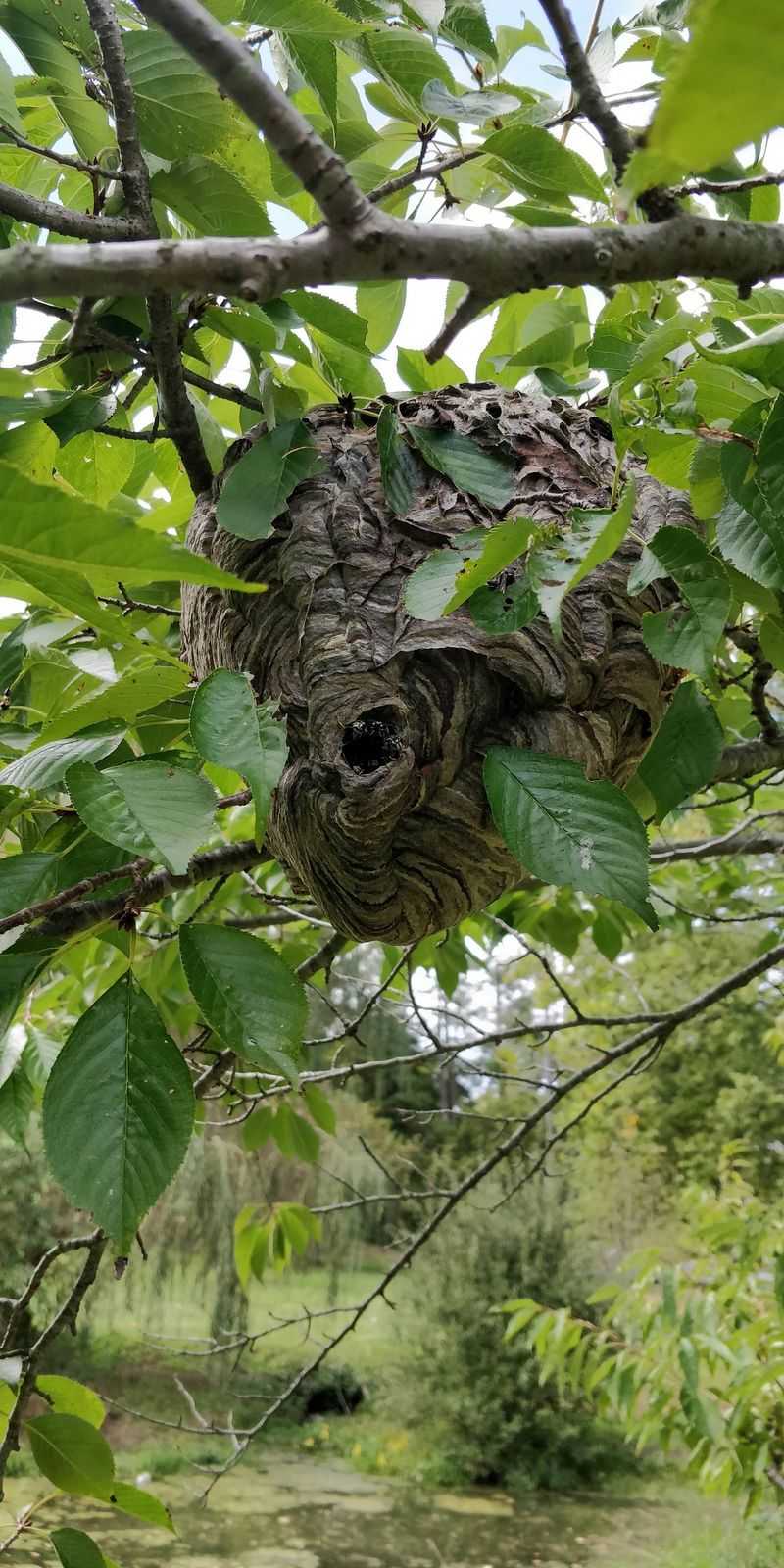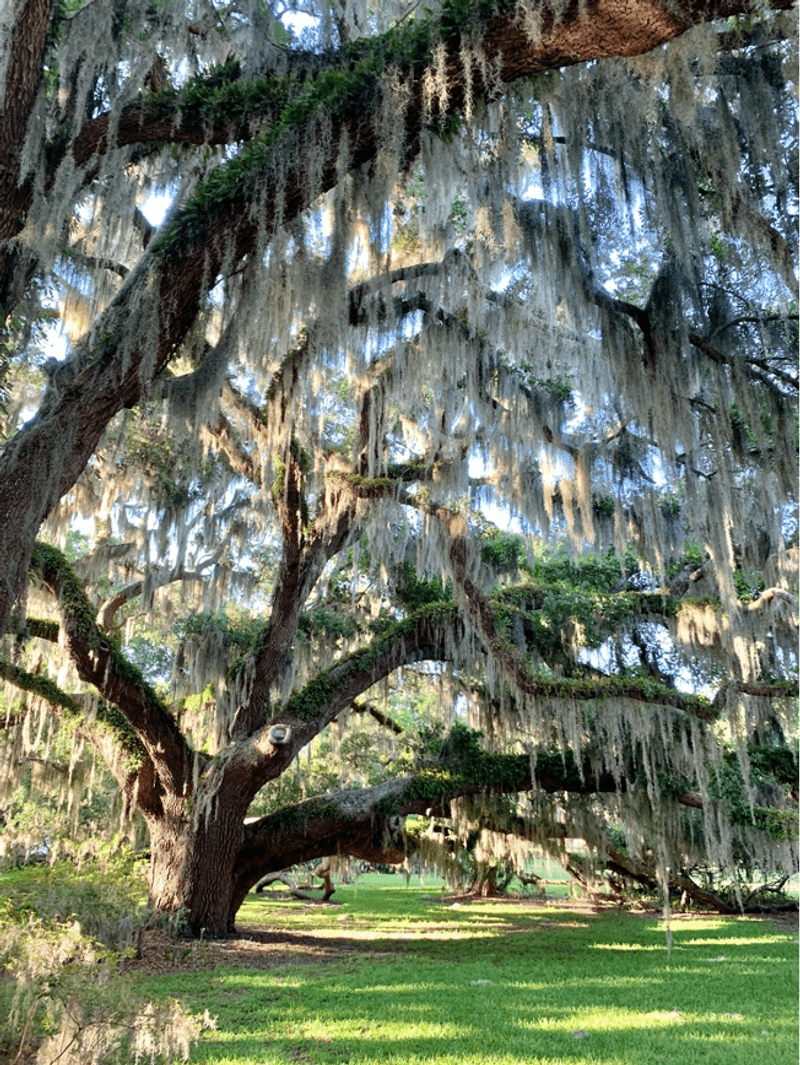Ever looked up at a Louisiana tree in fall and spotted a giant clump of leaves hanging in the branches? It might look like a bird’s nest, but chances are, it’s something else entirely.
These leafy bundles are often squirrel dreys or even insect nests—not the cozy bird homes many assume. They’re part of the hidden drama playing out in your backyard trees.
I’ve found that learning what these structures really are can deepen your appreciation for local wildlife. It’s a small mystery that reveals just how alive your garden truly is.
1. Eastern Tent Caterpillar Webs
Silky webs draped across tree branches often belong to tent caterpillars that create protective homes during their growing stages. These insects spin large, tent-like structures where they gather together for warmth and safety from predators.
While they might look concerning, these webs are usually harmless to healthy trees. The caterpillars eventually leave their silky shelters and transform into moths.
You can spot these webs most commonly in cherry, apple, and crabapple trees throughout Louisiana during spring and early fall months.
2. Squirrel Leaf Nests Called Dreys
Squirrels build amazing homes called dreys using leaves, twigs, and moss that look remarkably like oversized bird nests. During fall, these furry architects work extra hard to create cozy shelters before winter arrives.
A typical drey sits high in tree branches and measures about the size of a basketball or larger. Squirrels line the inside with soft materials like grass and bark to stay warm during cold nights.
Watch carefully and you might see a bushy tail disappearing into the entrance hole on cooler Louisiana mornings.
3. Fall Webworm Colonies
Unlike their spring cousins, fall webworms create their homes at the tips of branches rather than in tree forks. These caterpillars wrap entire sections of leaves in white, gauzy silk that expands as the colony grows larger.
The webs protect hundreds of caterpillars munching on leaves inside their see-through fortress. Though they look alarming, fall webworms rarely cause lasting harm to mature trees.
By late autumn, the caterpillars drop to the ground and the empty webs remain as ghostly reminders of their temporary residence.
4. Bagworm Cocoons
Those cone-shaped pouches dangling from your branches might look decorative, but bagworms are actually moth caterpillars that build protective cases from silk, leaves, and twigs. Each bag houses a single larva that drags its home everywhere while munching on your tree’s foliage.
By fall, they’ve stopped feeding and sealed themselves inside to pupate. Evergreens like junipers and arborvitae are bagworm favorites, though they’ll attack hardwoods too. If you spot these bags in autumn or winter, pick them off by hand and destroy them before spring arrives.
Inside each bag could be hundreds of eggs waiting to hatch. Ignoring bagworms can lead to serious defoliation and even end young trees over time.
5. Paper Wasp Nests
That papery gray structure clinging to a branch is the architectural masterpiece of paper wasps, who chew wood fibers mixed with saliva to create their honeycomb homes. Unlike the massive enclosed nests of hornets, paper wasp nests look like open umbrellas with visible hexagonal cells facing downward.
By autumn, most of the colony has died off, leaving only fertilized queens to overwinter elsewhere. These nests are generally safe to remove once cold weather hits and wasps abandon them.
During warmer months, however, paper wasps defend their homes aggressively if threatened. They’re actually beneficial insects that eat caterpillars and garden pests. Leave active nests alone unless they’re in high-traffic areas where stings are likely.
6. Spanish Moss Clumps
Spanish moss isn’t actually moss at all—it’s an air plant related to pineapples that absorbs moisture and nutrients directly from the air and rain. When wind or storms knock down clumps, they often get tangled in branches, creating nest-like masses that confuse homeowners.
This silvery-gray plant doesn’t harm trees by stealing nutrients, though heavy accumulations can block sunlight and add weight to limbs. Louisiana’s humid climate makes Spanish moss thrive everywhere, draping oaks and cypresses with its distinctive curtains.
Birds and bats sometimes nest within its tangles, adding to the mystery. You can gently pull away excess moss if it’s smothering branches. Fun fact: early settlers once used Spanish moss for mattress stuffing!

